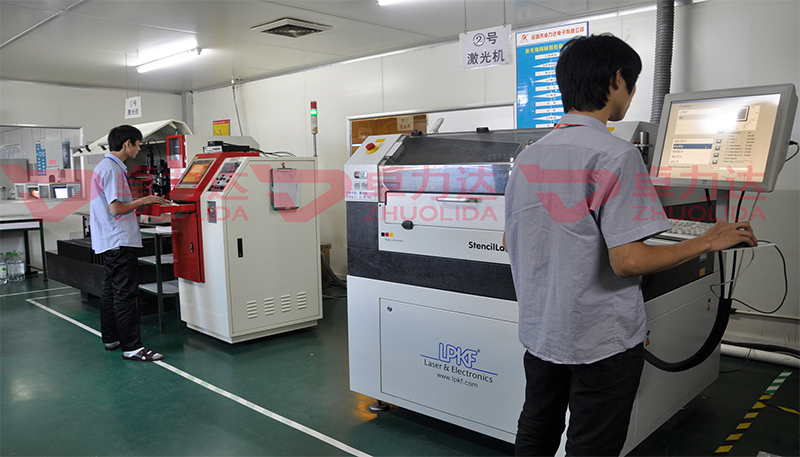
metal etching is a process that uses chemical reactions to remove material to form patterns or text. It is widely used in the manufacturing of various precision parts and circuit boards, among other applications. The process typically includes the following steps:
1. **Design Preparation**: Initially, designers use CAD software to create design drawings of the patterns or text to be etched.
2. **Photoresist Coating**: After thoroughly cleaning the metal sheet, a layer of photoresist is uniformly applied onto its surface. This photoresist changes chemically when exposed to ultraviolet light, thus protecting certain areas from being etched.
3. **Exposure and Development**: The pattern is transferred onto the photoresist-coated metal plate through UV exposure. Following this, during the development process, the areas not exposed to UV light are washed away, exposing the underlying metal, while the exposed parts remain intact.
4. **etching process**: The treated metal plate is then placed into an etching solution which corrodes the metal in the areas not covered by the photoresist. Commonly used etching solutions include ferric chloride, with the specific choice depending on the type of metal being etched.
5. **Photoresist Stripping**: After etching, special chemicals are used to remove the remaining photoresist, resulting in the desired patterns or text.
Metal etching technology is valued for its high precision and ability to replicate complex patterns, making it popular across multiple industries including electronics, aerospace, and medical devices. Moreover, advancements in technology have led to more environmentally friendly and efficient methods such as laser etching.
Contact: andy_Lai
Phone: 18938693450
E-mail: yw9@zldsmt.com
Add: Building A3, Huafa Industrial Park, Fuyong Town, Fuyuan Road, Fuyong Town, Baoan District, Shenzhen,China